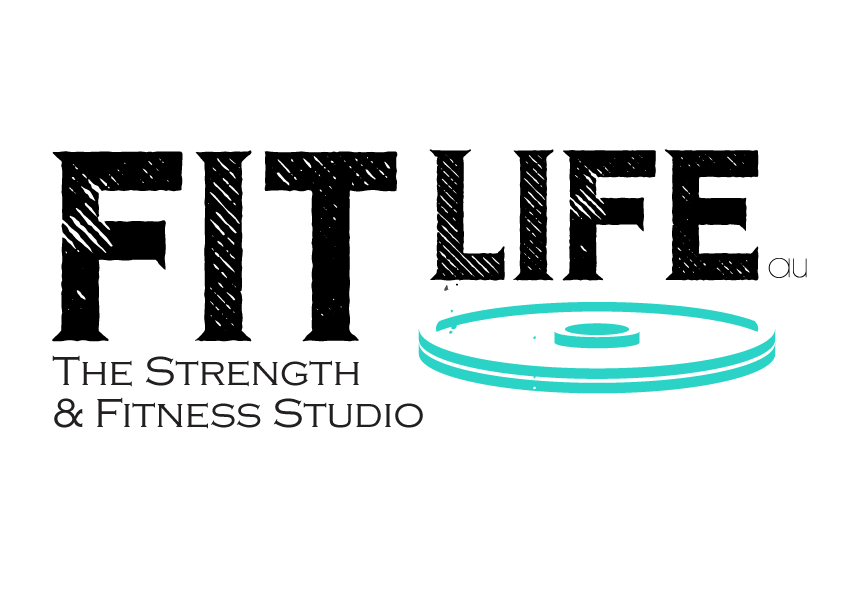As a trainer, I get to meet many different types of clients with many different goals. After training for a period of time, most people begin to get more specific with their goal setting but the three most common goals I hear when starting with a new client is to improve overall health and wellbeing, to lose weight, or to gain muscle mass. Here are some of the factors that I will consider training a client with one of these three common goals.
1. Improve overall health and wellbeing:
Any movement is beneficial for this goal. There are many studies that highlight the importance of movement in a healthy lifestyle. A 2016 study published in the journal Medicine & Science in Sports & Exercise suggests that swapping any amount of sedentary time with any type of physical activity was associated with reduced mortality risk in older adults, highlighting the effect of movement on our health.
If you are looking to improve your overall health and wellbeing, my recommendation is to incorporate as much movement into your day as possible, whether it is through planned exercise or general activity like housework. If you do choose to incorporate specific exercise into your daily routine, pick something that you enjoy doing and are excited to do. This could be a certain type of exercise like running, weight-lifting, yoga, or Pilates, or it could be a sport that you enjoy. By picking something you enjoy, you will be more likely to make time to do it and to stick with it for a significant period of time. If you can, you are encouraged to participate in some cardiovascular exercise as well as some muscle-strengthening exercise for overall health and wellbeing.
The Australian Physical Activity and Exercise Guidelines recommend that adults participate in 2.5 to 5 hours of moderate intensity physical activity (e.g. a brisk walk, golf, mowing the lawn, or swimming), or 1.25 to 2.5 hours of vigorous intensity physical activity (e.g. jogging, aerobics, fast cycling, soccer, or netball), or an equivalent combination of moderate and vigorous activities. It also recommends that adults include muscle-strengthening activities at least two days per week (e.g. push-ups, pull-ups, squats or lunges, lifting weights, or household tasks that involve lifting, carrying or digging.)
2. Weight Loss:
When trying to lose weight, your main focus needs to be on staying within a calorie deficit; burning more calories than you are consuming. Much like the health and wellbeing goal, when trying to lose weight, any movement will be beneficial as it will increase the amount of energy your body uses each day as well as giving you additional health benefits like stronger bones and muscles, lower risk of developing lifestyle-related disease, improved cardiovascular heath, and mental and emotional wellbeing. It is therefore recommended that you choose any form of movement that you enjoy doing and will continue to do long-term.
While you can lose weight without exercise, simply by altering the amount of calories you consume, exercise may play an important role in how you lose the weight and the effect that weight loss has on your body. It is expected that weight loss may result in some muscle loss, however, a review published in the journal Advances in Nutrition, suggests that a focus on adequate protein intake and resistance based exercise can help maintain muscle mass and improve muscle strength during weight loss. Another review published in Sports Medicine also shows that we can lose around 1.4 per cent of our entire body fat through strength training alone, which is similar to how much we might lose through cardio or aerobics, proving that any type of exercise is beneficial for those trying to lose weight.
3. Muscle Gain:
When trying to gain significant amounts of muscle mass, your focus needs to be on staying in a calorie surplus (burning less calories than you are consuming), as well as participating in muscle-building exercise. A 2021 study published in the Biophysical Journal looked at how and why exercise builds muscle by focusing on how the proteins in muscle filaments change under force. Researchers found that the molecule that generates the chemical signal that affects muscle growth will be more likely to open if it is under more force, or when kept under the same force for longer. The study suggests that loads of 70% of maximal load is a more efficient method of stimulating muscle growth than loads that are lower. This supports our belief that training the muscles under heavy loads to the point of fatigue will result in the most muscle gain.
To increase muscle mass, we recommend focusing on participating in resistance-based exercise 3-5 times per week, while ensuring to train each muscle group at least once per week.
-Laura Witchard
